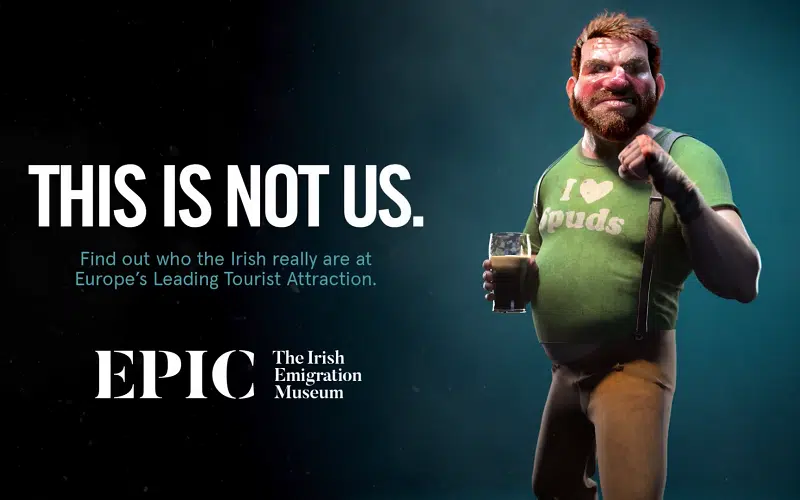By Amalia Theocharidou,
In 2023, cringe culture became a great part of our everyday lives as gen-Z introduced the term further through social media. But what exactly is cringe? It defines the act of embarrassment for something. In no time, we passed to the “cringe” era, as people started addressing more and more things as cringe. But as most people have recently started to get familiar with the term, it is surprising to find out that it actually existed back in the 1900s and it concerned surprisingly… the culture.
The Australian author A.A. Phillips first used and explained the term back in the 1900s, to describe the inferiority that Australians felt about their artists and writers’ work in comparison to that overseas. He explained that this is what pushed many Australians to leave their home and move away or travel a lot to express themselves artistically. As the nation was still trying to recover from all the years of colonization, the artists in a try to boost the feeling of nationalism of the people, decided to narrow down their sources of inspiration to the Aboriginal people and mythology, which would also contribute to the differentiation from Britain.
However the movement didn’t become particularly popular nor did it gain the people’s liking (Phillips, 1950). In the further years, cultural cringe became a specific case study in anthropology according to which an individual feels inferior in cultural matters and tends to abandon their culture, in comparison to the ones of other countries. The origins of the matter can be easily traced to the colonial beliefs of “uneducated colonized and superior colonizers”, as it is observed in people who come from a post-colonized or a colonized nation.
Ireland is another example of cultural cringe as the strong relations with Britain continue to ravish the daily lives of the Irish. One can tell by the way most of them characterize themselves as “West Brits” or still use British practices in their political system. A big role in that still plays the touristic campaigns that are supposed to be showcasing the country’s string points but instead, they keep projecting plain stereotypes like a drunken Irish man with red hair that practically lives at a pub, that don’t resonate with people at all.

Continuing, Canada also has a strong relation to what they call, the “Canadian inferiority complex” that takes place, especially in the music and film domains. More precisely, radio stations and Canadian television, barely show support for any native music and shows, referring to American entertainment superiority. As Canadian films have a strong sense of being politically correct, many Canadians characterize them as boring and show less interest than French movies. “Cringe” has been one of the most used terms in modern daily life, but one can see that there are deeper connections regarding it. As psychology and diversification gain more and more space, there’s only hope that each culture will be embraced and supported for its differences and unique characteristics.
References
- EPIC Museum. This is not us: Disproving common Irish stereotypes. Available here
- Phillips, A. (1950). The cultural cringe. Meanjin.




